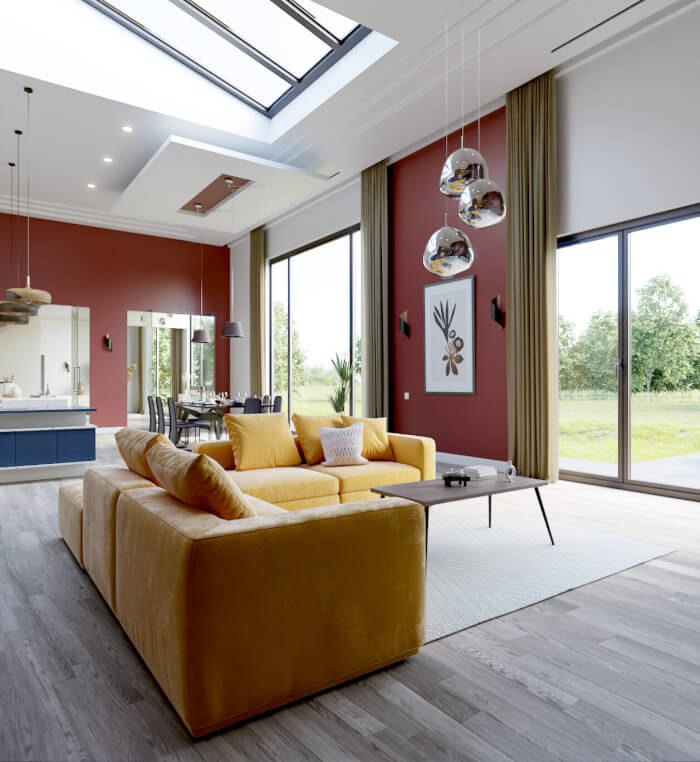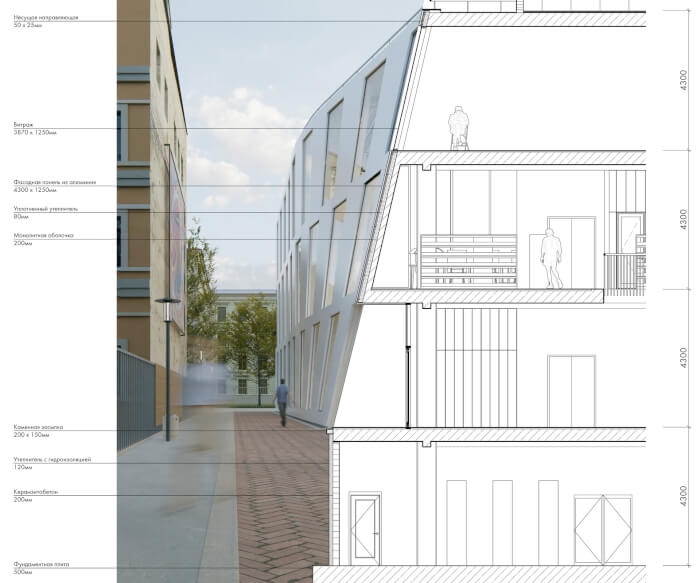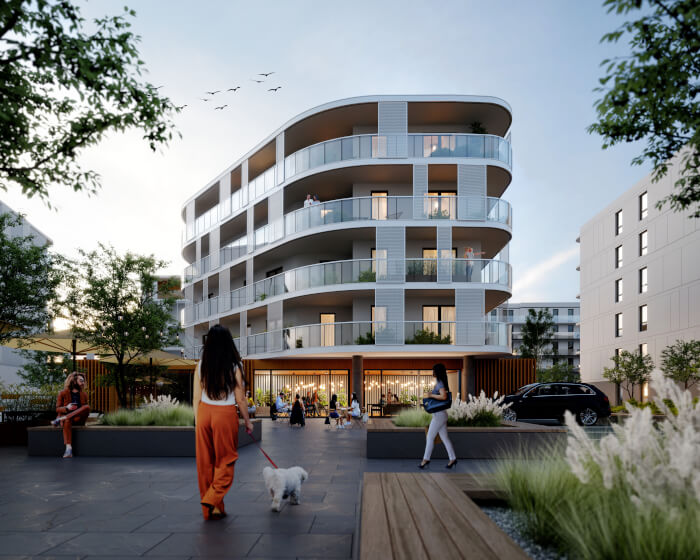
The architectural visualization workflow is somehow a mystery for people that didn't had any contact with the development of a project, side by side with an architect or company. I can say that from my experiences in my architectural visualization classes, where I often get students with an animation or advertising background. Earlier this week I saw an interesting topic at the CG Society forums, where an artist asks for examples of architectural visualization workflows. This is an important topic to discuss, because there isn't an exact or correct answer to point the best workflow. It will depend on a series of variables, ranging from the communication with the author or the project, and in which stage of the development that visualization will start.
For me, I usually take two approaches to start thinking in the workflow. The first one will be used if I'm the author of the project and the second is taken when I'm hired by an architect or company to create the visualization for them.
When I'm the author of the project, things get pretty easy to manage. In this case, all decisions will be made before I start with the visualization.
With visualization for architects or companies, things get a little more complicated. Here is the usual workflow I use:
- Define the number of views and camera angles need for the visualization
- Ask for the technical drawings of the project
- Make the corrections and adjustments on the CAD file received from the client
- Start to model the project based on the views defined on stage 1
- Send render tests with the views to the client
- Make adjustments to the cameras and views
- Add furniture and objects to the scene
- Setup textures and materials
- Add light emitters in the scene
- Render the views
- Work on post-production and adjustments to the scene
This is the traditional workflow for a visualization project. The most complicated parts stay between stages 1 and 4. Because some architects and companies don't have a clear idea of what should be showed from the project. In other cases, there are still some clients that wants the full project modeled, to decide later where to position the cameras. Of course, this will end up by rising up the cost of the visualization, because the artist will create a 3d model that might or not be used in the project.
Another point complicated is the manipulation of CAD files, which very often comes with small errors or issues that must be addressed before the modeling starts.
What about you? Is your workflow different? Would you share it with us?






In the firm I work we do about the same workflow.
Sometimes 3DS-Files from customers are pretty usable if the project isn’t to complex and if they don’t modify things on the geometry later on. But normaly we build everything new with the 3D software.
CAD files in most of the cases are pretty easy to handle if you use the newest version of AutoCAD.
Do you use Remote Control to discuss camerasettings or composite elements with your customer live on screen ?
Kind Regards
Alain
This is very useful information.
Thank you!
I really enyoing your blog.
Thanks
Johannes
I pretty much have gone to just asking for pdf’s from the cad files that I can turn into jpegs and scale them in as background images to build the 3D up from. It has just taken too much time for importing and correcting.
Normally, in the architectural practices in which I have worked, there are two main scources of CAD information that I would recieve.
Here in the UK a lot of architects work in Sketchup which outputs 3ds files for import into Blender or 3d Max.
I have found this the most useful way to get good clean meshes having tried other formats into Blender with mixed results.
Sometimes I will work with an architect who will design as we go with Sketchup in the morning and want to send out some sample images by 5.00pm to the client. Speed is the essence…..
Blender is very good and quick for these type of images especially with images being 50/50 Blender and Photoshop workflow.
Generally most Architectural practices I have worked with will not use 3dMax and Vray due mainly to a lack of skilled operators and cost considerations. 3D visualisation does not come within the RIBA fee structure so getting the client to spend hundreds to thousands of pounds in this area is difficult but not unknown.
It is important that visuals are produced when there is a design freeze stage, re-jigging a model mid deadline is not for the faint hearted especially if the client expects images.
I would be happy to share images done using the above workflow in Blender/Sketchup btu bear in mind these sort of images are for real world clients and not precious images produced for self/peer gratification.